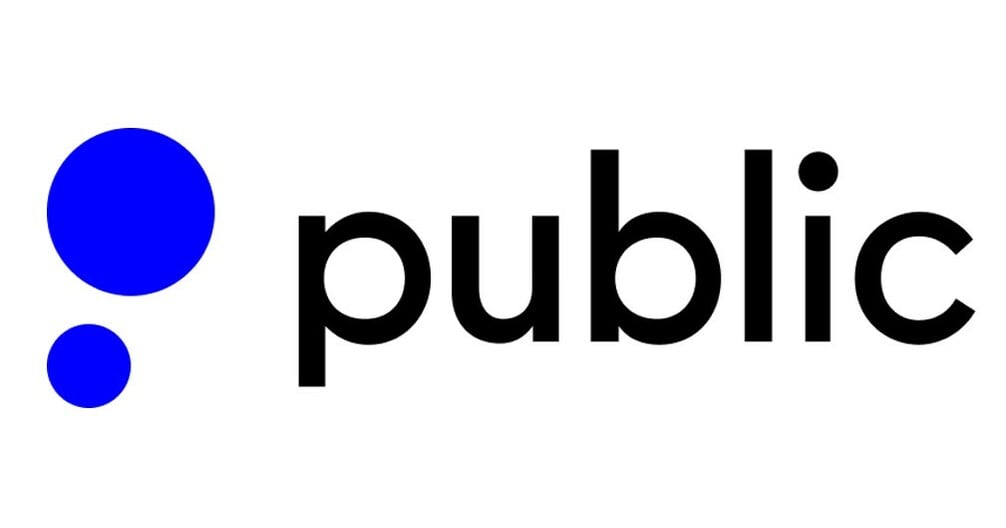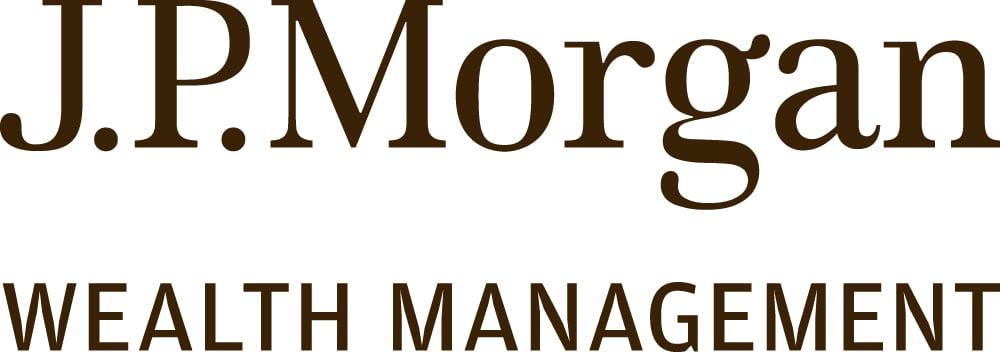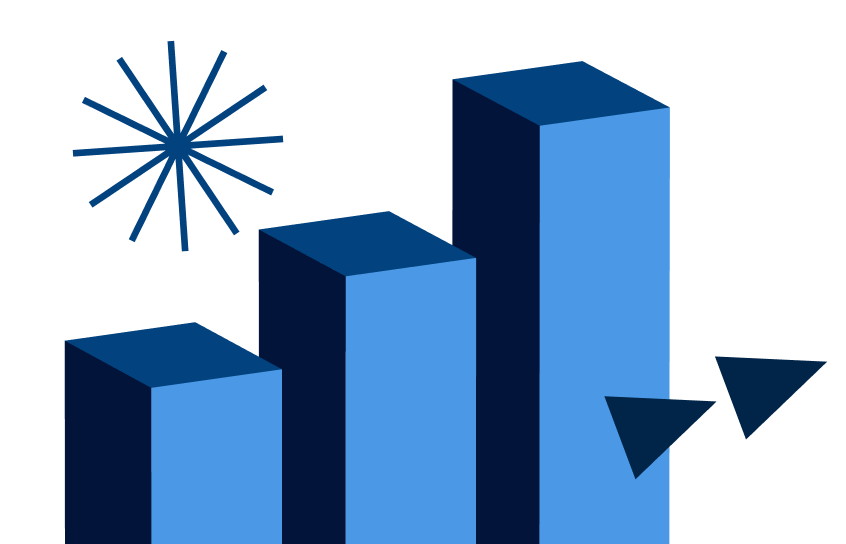Top 7 High-Dividend Stocks for April 2025 and How to Invest
Dividend stocks can be a great choice for investors looking for passive income and portfolio stability. View our list of the best high-dividend stocks and learn how to invest in them.

Many, or all, of the products featured on this page are from our advertising partners who compensate us when you take certain actions on our website or click to take an action on their website. However, this does not influence our evaluations. Our opinions are our own. Here is a list of our partners and here's how we make money.
The investing information provided on this page is for educational purposes only. NerdWallet, Inc. does not offer advisory or brokerage services, nor does it recommend or advise investors to buy or sell particular stocks, securities or other investments.
In the midst of the stock market volatility we've seen thus far in 2025, many investors are on the lookout for proven stock investments that offer stability and a steady stream of income. The best dividend stocks often provide both.
What are dividend stocks?
Dividend stocks are shares of companies that regularly pay investors a portion of the company's earnings. Some pay dividends annually, semi-annually or quarterly, while others are monthly dividend stocks. The average dividend yield of some of the top dividend stocks is around 12%.
The best dividend stocks are often shares of well-established companies that increase their payouts over time. Investors can also choose to reinvest dividends if they don't need the stream of income. Here's more about dividends and how they work.
If you want to invest in dividend stocks you'll need to have a brokerage account to do so. Brokerage accounts are free to open (though you'll have to deposit enough money to buy the stocks) and they typically take about 15 minutes to set up.
Top 7 high-dividend stocks this week
Below is a list of 7 of the highest-dividend stocks headquartered in the U.S., ordered by annual dividend yield. This list also takes into account the 5-year average dividend growth rate and dividend payout consistency and includes companies from either the S&P 500 or Russell 2000.
Ticker | Company | Dividend Yield |
|---|---|---|
TWO | Two Harbors Investment Corp | 16.22% |
INSW | International Seaways Inc | 14.19% |
MITT | AG Mortgage Investment Trust Inc | 12.58% |
SUNS | Sunrise Realty Trust Inc | 12.31% |
BKE | Buckle | 11.09% |
NE | Noble Corp Plc | 10.49% |
GNK | Genco Shipping & Trading Limited | 10.04% |
Source: Finviz. Data is current as of 2025-04-22 and is intended for informational purposes only. | ||
What are the best dividend stocks?
To pull the list of stocks in the table above, we focus primarily on dividend yield. But it's worth noting that the best dividend stocks may not necessarily be the ones with the highest yield. A high dividend yield can indicate many things, and not all of them are good. A falling stock price can actually increase dividend yields, and some companies go into debt by overspending to pay high dividends. The over-spenders may eventually be forced to cut their dividends if they become unsustainable.
Your own investment needs will also determine which are the right dividend stocks for you. For example, if you have an energy-heavy portfolio, and you're looking to add some dividend-paying stocks, you may want to ensure that you're not adding even more energy stocks to your portfolio. The ideal portfolio varies person to person, based on individual goals and timelines for those goals.
If you're looking for dividend stocks that carry a low risk of cutting their dividends, check out the dividend aristocrats — a group of S&P 500 stocks that have increased their dividends every year for at least 25 years.
Dividend stocks vs. dividend funds
There are two main ways to invest in dividend stocks: Through funds — such as index funds or exchange-traded funds — that hold dividend stocks, or by purchasing individual dividend stocks.
Dividend ETFs or index funds offer investors access to a selection of dividend stocks within a single investment — that means with just one transaction, you can own a portfolio of dividend stocks. The fund will then pay you dividends on a regular basis, which you can take as income or reinvest. Dividend funds offer the benefit of instant diversification — if one stock held by the fund cuts or suspends its dividend, you can still rely on income from the others.
NerdWallet rating 4.8 /5 | NerdWallet rating 4.6 /5 | NerdWallet rating 4.5 /5 |
Fees $0 per online equity trade | Fees $0 | Fees $0 per trade |
Account minimum $0 | Account minimum $0 | Account minimum $0 |
Promotion None no promotion available at this time | Promotion Earn up to $10,000 when you transfer your investment portfolio to Public. | Promotion Get up to $700 when you open and fund a J.P. Morgan Self-Directed Investing account with qualifying new money. |
Whether it’s through dividend stocks or dividend funds, reinvesting those dividends can greatly enhance your return on investment: Dividends typically increase the return of a stock or dividend fund by a few percentage points. For example, the historical total annual return (which includes dividends) of the S&P 500 has been, on average, about two percentage points higher than the index's annual change in value.
And that difference can really add up: A $5,000 investment that grows at 6% annually for 20 years could become over $16,000. Bump that return up to 8% annually to include dividends, and that $5,000 could grow to over $24,000.
In general, a good rule of thumb is to invest the bulk of your portfolio in index funds or ETFs, for the above reasons. But investing in individual dividend stocks with a small portion of your investment portfolio directly has benefits.
Although it requires more work on the part of the investor — in the form of research into each stock to ensure it fits into your overall portfolio — investors who choose individual dividend stocks are able to build a custom portfolio that may offer a higher yield than a dividend fund. Expenses can also be lower with dividend stocks, as ETFs and index funds charge an annual fee, called an expense ratio, to investors.
How to invest in dividend stocks
Building a portfolio of individual dividend stocks takes time and effort, but for many investors it's worth it. Here’s how to buy a dividend stock:
1. Find the dividend stocks you want to buy
You may already have a stock in mind, such as one of the dividend aristocrats or one of the high-dividend stocks listed above. But if you don't, you can look for stocks that pay dividends on many financial news sites, as well as on your online broker's website. You can also check out free stock screeners.
2. Evaluate the stock
To look under the hood of a dividend stock, start by comparing the dividend yields among its peers. If a company’s dividend yield is much higher than that of similar companies, it could be a red flag. At the very least, it’s worth additional research into the company and the safety of the dividend.
Then look at the stock’s payout ratio, which tells you how much of the company’s income is going toward dividends. A payout ratio that is too high — generally above 80%, though it can vary by industry — means the company is putting a large percentage of its income into paying dividends. In some cases dividend payout ratios can top 100%, meaning the company may be going into debt to pay out dividends.
3. Decide how much stock you want to buy
You need diversification if you’re buying individual stocks, so you’ll need to determine what percent of your portfolio goes into each stock. For example, if you’re buying 5 stocks, you could put 2% of your portfolio in each. However, if the stock is riskier, you might want to buy less of it and put more of your money toward safer choices. If you're going to reinvest your dividends, you'll need to recalculate your cost basis — the amount you originally paid to purchase the stock.
The number one consideration in buying a dividend stock is the safety of its dividend. Dividend yields over 4% should be carefully scrutinized; those over 10% tread firmly into risky territory. Among other things, a too-high dividend yield can indicate the payout is unsustainable, or that investors are selling the stock, driving down its share price and increasing the dividend yield as a result.
Another thing to keep in mind is that dividends in taxable brokerage accounts cause taxes to be realized in the year the dividends occur, unlike stocks that do not pay dividends whose taxation primarily occurs when the stock is sold. For investors with taxable accounts and in high income brackets, dividends stock might not be as tax efficient as other options.
» Need more detail? Learn how dividends are taxed







